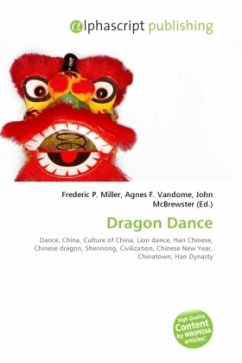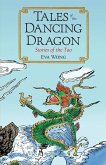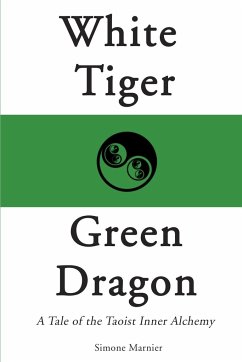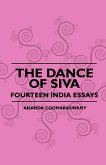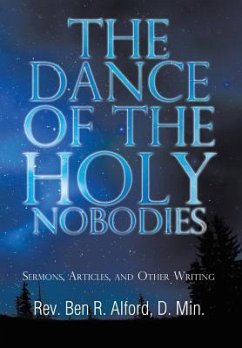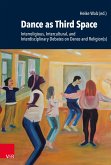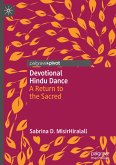Dragon dance is a form of traditional dance and performance in Chinese culture. Like the lion dance it is most often seen in festive celebrations. Many Chinese people often use the term "Descendants of the Dragon" as a sign of ethnic identity, as part of a trend started in the 1970s, however the true derivation is from i.e. the descendants of Shennong, the legendary first king of the Chinese people who taught them agriculture, law and medicine, the foundations of civilization. In the dance, a team of people carry the dragon which is an image of the Chinese dragon on poles. A dragon can be composed of up to 50 people. The dance team does mimic the supposed movements of this river spirit in a sinuous, undulating manner. The movements in a performance traditionally symbolise historical roles of dragons demonstrating power and dignity. The dragon dance is a highlight of Chinese New Year celebrations held worldwide in Chinatowns around the world. Dragons are believed to bring good luck to people, which is reflected in their qualities that include great power, dignity, fertility, wisdom and auspiciousness.

